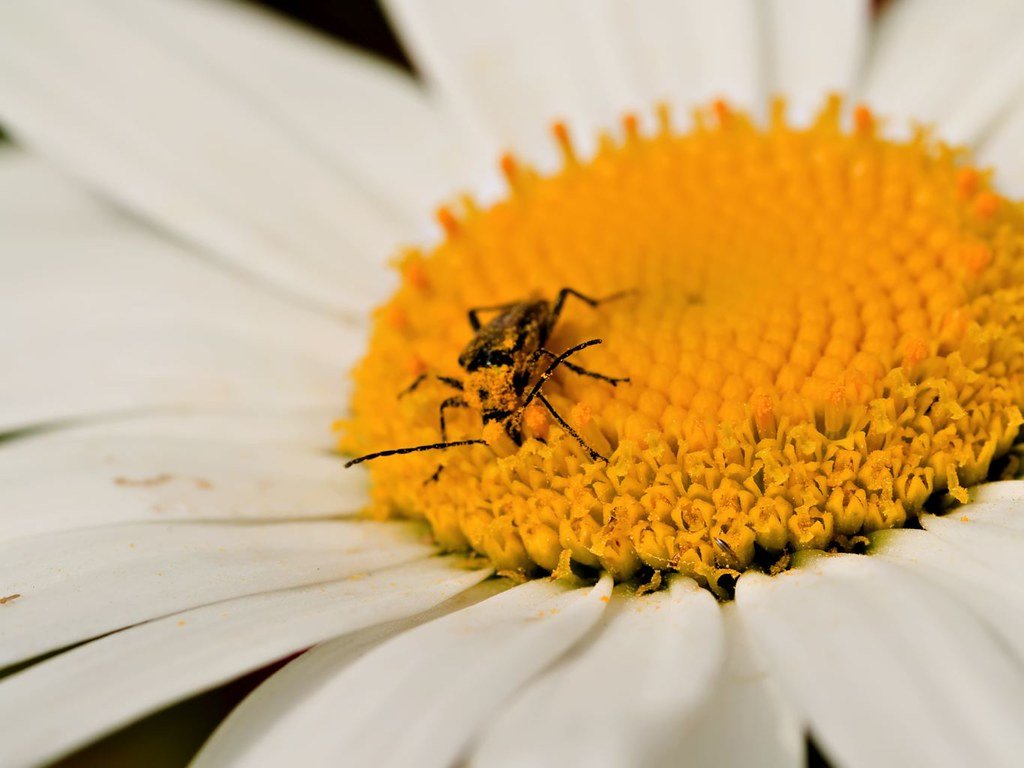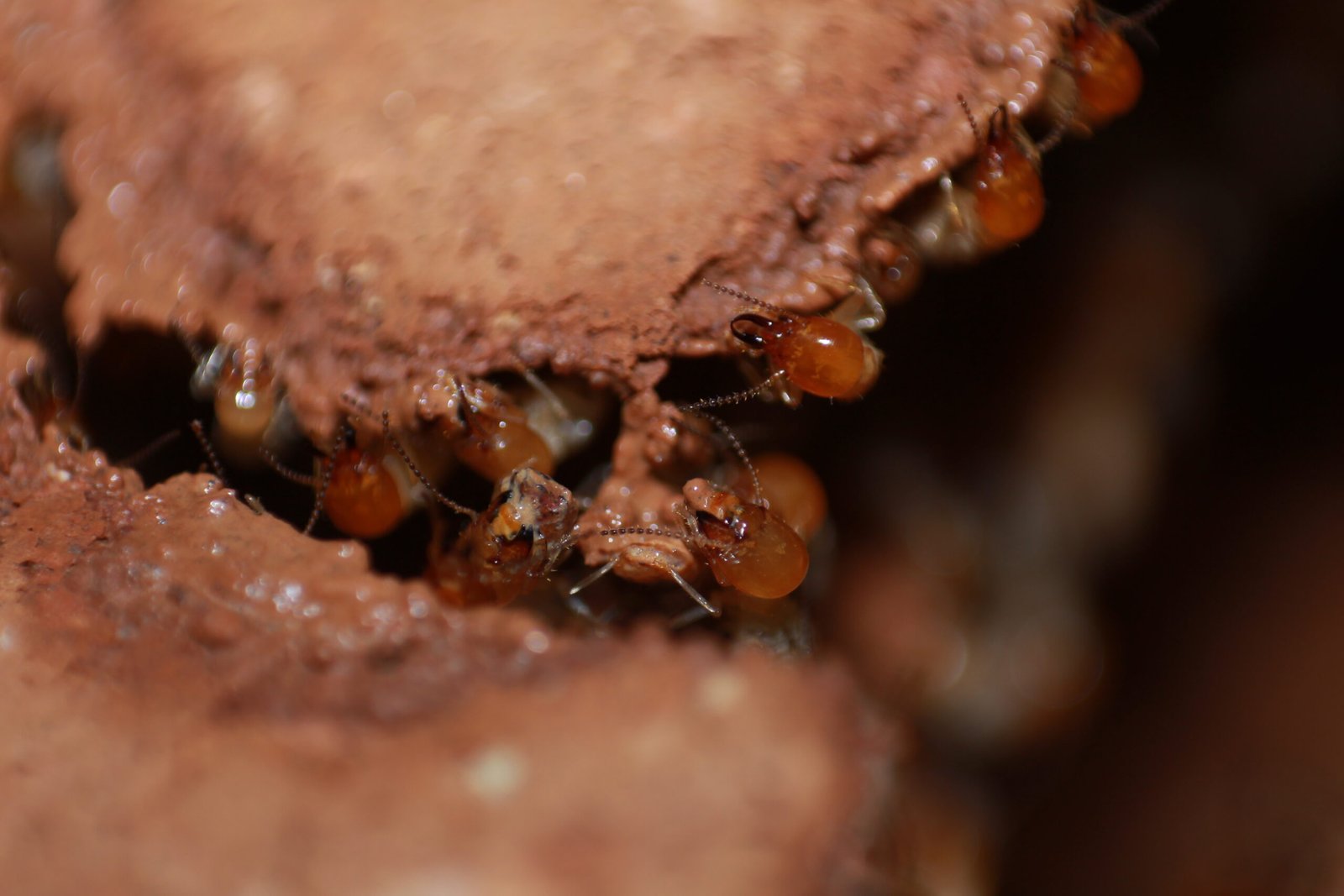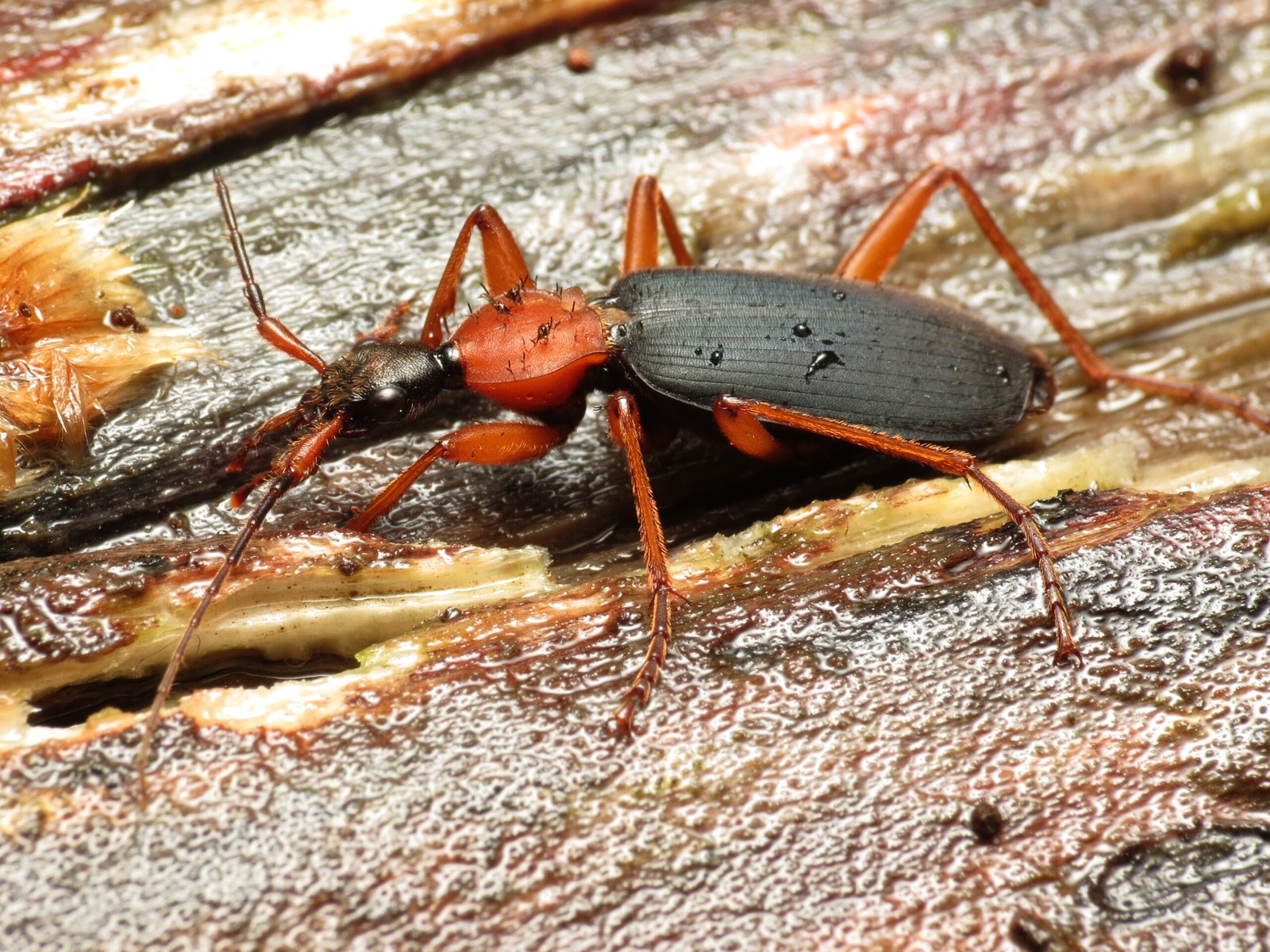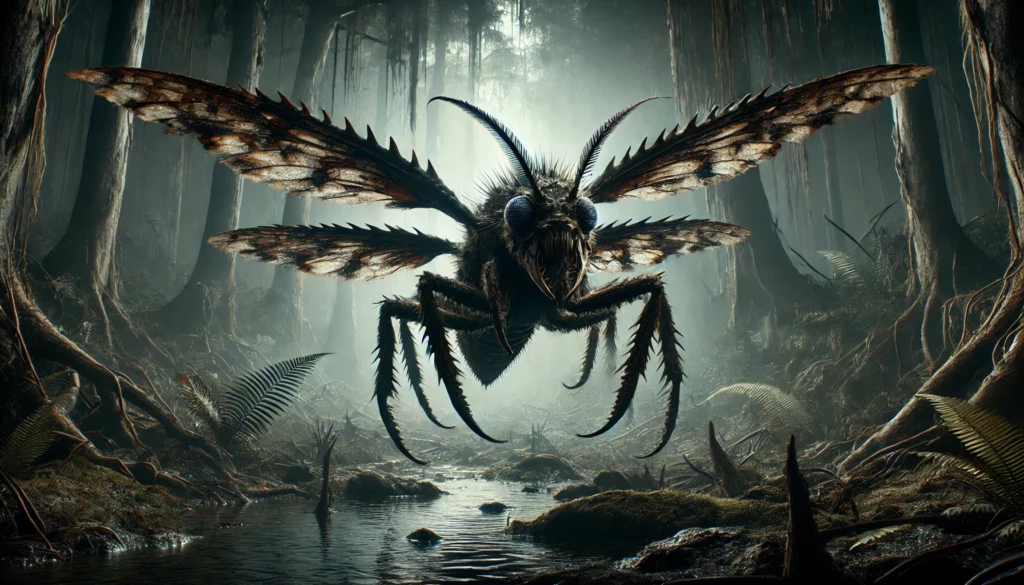Imagine a world where self-sacrifice is not only a noble act but an explosive one. In the intricate realm of insects, some species have evolved to use their bodies as literal bombs to protect their colonies. This shocking behavior is not only a testament to the wonders of evolution but also a fascinating insight into the lengths these tiny creatures will go to ensure the survival of their kin. The concept of suicide bombing is not just a human invention; it is a natural phenomenon that has been occurring in the insect world for millennia.
The Astonishing World of Termites
Termites, often seen as mere pests, are actually one of the most complex social insects. Within their colonies, certain worker termites have developed a unique defense mechanism. When under threat, these termites can rupture their bodies, releasing a sticky, toxic substance that immobilizes and deters predators. This act of self-destruction is not just a random occurrence; it is a well-coordinated strategy to protect the colony at all costs. The chemical composition of the toxic substance varies among termite species, showcasing the diversity of evolutionary adaptations.
Ants: The Unsung Heroes of Explosive Defense

While ants are known for their organized colonies and teamwork, some species have taken defense to a whole new level. The Malaysian ant, for example, is infamous for its explosive tactic. When faced with danger, these ants contract their abdominal muscles, causing their bodies to burst and release a toxic secretion. This sacrificial act not only eliminates the threat but also serves as a warning to other potential predators. The Malaysian ant’s ability to self-destruct is a powerful reminder of the lengths these insects will go to protect their community.
The Chemistry Behind Explosive Self-Defense
The explosive defense mechanisms of these insects are rooted in complex chemical reactions. In termites, specialized glands produce a mixture of chemicals that, when combined, create a potent adhesive. Similarly, Malaysian ants have evolved to produce a cocktail of toxins that are stored in their bodies until needed. These chemical defenses are not only effective but also highly efficient, requiring minimal energy to produce and deploy. The study of these chemical processes offers valuable insights into potential applications in biotechnology and pest control.
The Evolutionary Advantage of Self-Sacrifice
At first glance, the idea of self-sacrifice might seem counterintuitive from an evolutionary standpoint. However, for social insects like ants and termites, the survival of the colony takes precedence over individual lives. By sacrificing themselves, these insects ensure the continued existence of their genetic lineage. This behavior is a prime example of altruism in the animal kingdom, where the needs of the many outweigh the needs of the few. The evolutionary success of these species highlights the effectiveness of this strategy in maintaining colony integrity.
How Explosive Defense Shapes Colony Dynamics

The presence of explosive defenders within a colony has profound implications for its social structure. These individuals are often specialized workers, distinct from other members of the colony in both behavior and physiology. Their role is crucial in maintaining the safety and stability of the colony, allowing other workers to focus on foraging and reproduction. The loss of these defenders can be detrimental, emphasizing the importance of recruitment and training within the colony. This dynamic interplay between defense and growth is a testament to the complexity of insect societies.
Implications for Human Understanding of Defense Mechanisms

The study of explosive self-defense in insects offers valuable lessons for human understanding of defense mechanisms. These natural strategies demonstrate the power of cooperation and selflessness in achieving common goals. Moreover, the chemical processes involved in these defenses have potential applications in developing new technologies and materials. By examining these insects, scientists can gain insights into sustainable and efficient ways to address challenges in human society. The parallels between insect and human defense strategies highlight the universality of survival instincts across species.
Conservation and the Role of Explosive Insects
Despite their small size, explosive insects play a significant role in their ecosystems. Their defense mechanisms not only protect their colonies but also contribute to maintaining ecological balance. As predators and prey, these insects are integral to food webs, influencing the population dynamics of other species. Conservation efforts must consider the importance of these insects in sustaining biodiversity. Protecting their habitats ensures the continued functioning of ecosystems, highlighting the interconnectedness of all living organisms.
The Future of Research on Explosive Insects
The study of explosive insects is still in its infancy, with much left to uncover about their behavior and ecology. As technology advances, researchers have new tools to explore these fascinating creatures in greater detail. From high-speed cameras to chemical analysis, scientists can delve deeper into the intricacies of explosive self-defense. Future research holds the promise of uncovering new species and behaviors, expanding our understanding of the natural world. The continued exploration of explosive insects is a testament to the endless curiosity and wonder that drives scientific discovery.
Awe-Inspiring Adaptations in the Natural World
The explosive self-defense tactics of insects are a striking example of nature’s ingenuity. These adaptations showcase the incredible diversity of life on Earth and the myriad ways in which organisms have evolved to survive. From termites to ants, these insects have developed strategies that defy conventional understanding, challenging our perceptions of what is possible in the natural world. Their stories inspire awe and admiration, reminding us of the beauty and complexity of life. As we continue to explore and learn from these creatures, we gain a deeper appreciation for the natural world and our place within it.
In conclusion, the world of explosive insects is a testament to the power of evolution and the wonders of nature. These tiny creatures have developed remarkable adaptations to protect their colonies, showcasing the intricate balance of life on Earth. Their stories are a reminder of the resilience and ingenuity of life, inspiring us to look closer at the world around us. What other secrets might nature hold, waiting for us to discover?


